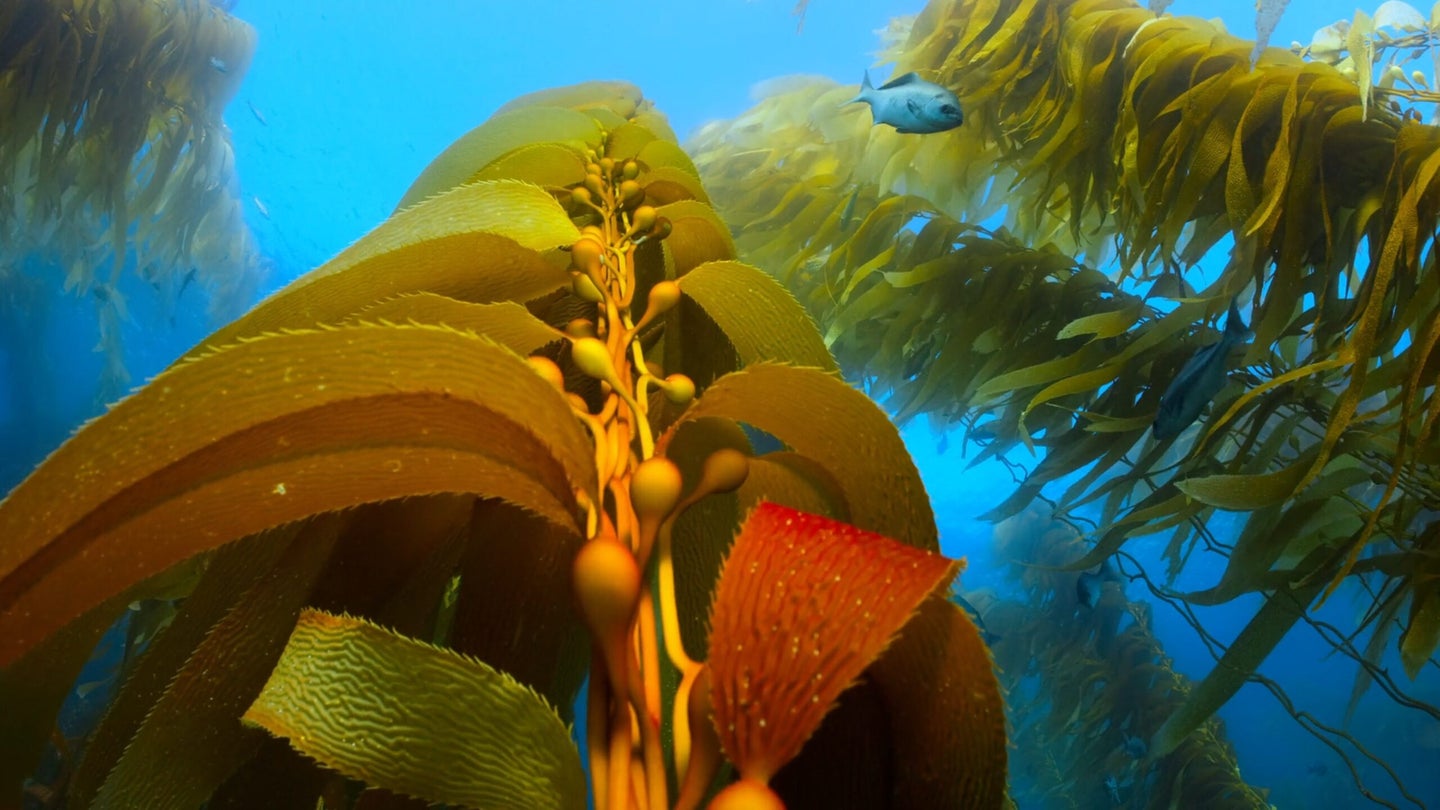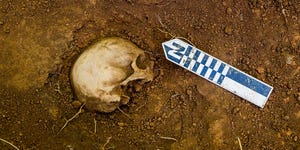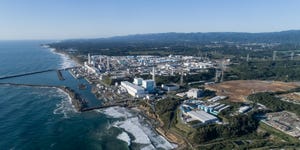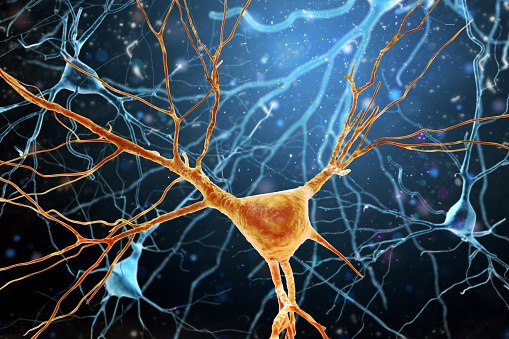Mineral systems: Their advantages in terms of developing holistic genetic models and for target generation in global mineral exploration
IMAGE: CONVERGENT MARGIN-OROGENIC GOLD MODEL SHOWING RANGE OF TECTONIC SETTINGS FOR OROGENIC GOLD SYSTEMS WITHIN A CONSISTENT GEODYNAMIC ENVIRONMENT. view more
CREDIT: GEOGEO
Mineral systems: Their advantages in terms of developing holistic genetic models and for target generation in global mineral exploration
https://doi.org/10.1016/j.geogeo.2021.09.001
Announcing a new publication for Geosystems and Geoenvironment journal. Geosystems and Geoenvironment is a quarterly international interdisciplinary journal in English that publishes high quality original research articles and timely reviews in interdisciplinary fields of Earth and Environment Sciences. Geosystems and Geoenvironment provides an integrated platform to publish breakthrough data and findings, as well as innovative concepts and models, related to the emergence and all related aspects of surface or deep Earth Systems and their planetary equivalents.
In this article researchers from the University of Western Australia, Crawley, WA, Australia; the China University of Geosciences, Beijing, China; University of Adelaide, Adelaide, SA, Australia and Kochi University, Kochi, Japan discuss how mineral systems provide a logical and hierarchical mechanism to integrate information over a range of time and terrane scales using the broad critical components of Geodynamics (tectonic setting), Fertility (source of ore and hydrothermal fluid components), Architecture (fluid plumbing systems) and Preservation (degree of post-ore uplift and erosion).
The article demonstrates, that although their adoption in published economic geology literature appears limited, there is value in such mineral systems for single deposit classes, using orogenic gold as an example, and closely related deposit groups, using porphyry-high-sulfidation-skarn Cu-Au-Mo systems as an example. The value of grouping disparate deposit classes based on similarities of their Geodynamics and Preservation parameters is demonstrated by the siting of numerous, not normally grouped, deposit classes on the margins of cratons and blocks with thick mantle lithosphere. Consideration as mineral systems provides a useful way of “seeing the wood for the trees” and defining universally applicable genetic models for deposit classes. It also allows focus on the critical measurable parameters that aid exploration to the exclusion of small-scale information that may only be uniquely applicable to the specific deposit from which it was derived.
Article reference: David I. Groves, M. Santosh, Daniel Müller, Liang Zhang, Jun Deng, Li-Qiang Yang, Qing-Fei Wang, Mineral systems: Their advantages in terms of developing holistic genetic models and for target generation in global mineral exploration, Geosystems and Geoenvironment,
Volume 1, Issue 1, 2022, 100001, ISSN 2772-8838, https://doi.org/10.1016/j.geogeo.2021.09.001.
Keywords: Mineral systems; Orogenic gold systems; Porphyry Cu-Au systems; Craton margins; Metallogenic factories
# # # # # #
Geosystems and Geoenvironment publishes four volumes every year [February, May, August, and November]. The article categories include high profile Review papers published together with author vitae and photographs, Research Papers, Letters, and Discussions. Additionally, selected colour figures of accepted papers will be printed free of cost in colour in the Journal, and the Journal provides gratis reprints and a complimentary journal copy. All articles in Geosystems and Geoenvironment will be free open access through Elsevier's ScienceDirect platform.
For more information, please visit https://www.journals.elsevier.com/geosystems-and-geoenvironment
Editorial Board: https://www.journals.elsevier.com/geosystems-and-geoenvironment/editorial-board
GeoGeo is available on Science Direct.
Submissions to GeoGeo may be made using Editorial Manager.
ISSN 2772-8838
CAPTION
Advanced Spaceborne Thermal Emission and Reflection Radiometer (ASTER) image of part of the Atacama Desert, Chile, acquired in 2000, showing the giant Escondida-Zaldivar porphyry Cu-Au cluster.
CREDIT
GeoGeo
CAPTION
Global map showing giant to world-class mineral deposits with indirect Geodynamics relationship to subduction sited on craton margins.
CREDIT
GeoGeo















